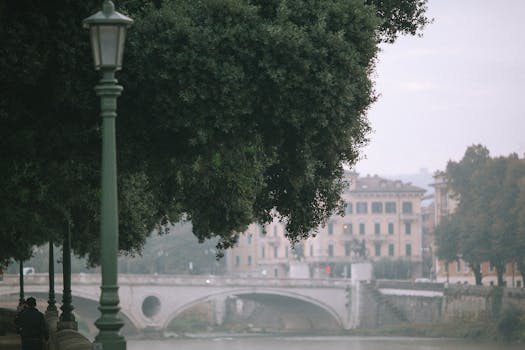
Urban Green Spaces: The Future of Outdoor Living in European Cities by 2025
Urban Green Spaces are becoming increasingly important in European cities as they provide a sustainable and healthy environment for citizens to live, work, and recreate. With the focus on Urban Green Spaces and outdoor living, European cities are transforming their urban landscapes to incorporate more green areas, parks, and gardens. This shift towards green infrastructure is not only improving the aesthetic appeal of cities but also providing numerous benefits for the environment, public health, and the economy.
Benefits of Urban Green Spaces
Urban green spaces offer a wide range of benefits, including:
- Improved air quality
- Reduced noise pollution
- Increased biodiversity
- Enhanced mental health and wellbeing
- Improved physical health through increased opportunities for physical activity
- Reduced urban heat island effect
- Increased community engagement and social cohesion
European Cities Leading the Way
Cities such as Copenhagen, Stockholm, and Barcelona are at the forefront of urban green space development. These cities have implemented innovative strategies to incorporate green infrastructure into their urban planning, such as green roofs, green walls, and urban parks. For example, Copenhagen’s goal is to be carbon neutral by 2025, and the city is achieving this through the creation of green spaces, renewable energy sources, and sustainable transportation systems.
Challenges and Opportunities
Despite the numerous benefits of urban green spaces, there are also challenges to be addressed. These include:
- Limited space and funding
- Competing interests and priorities
- Ensuring accessibility and inclusivity
- Managing and maintaining green spaces
However, these challenges also present opportunities for innovation, collaboration, and community engagement. By working together, cities, governments, and citizens can create vibrant, sustainable, and inclusive urban green spaces that benefit both people and the planet.
Conclusion
In conclusion, urban green spaces are the future of outdoor living in European cities by 2025. As cities continue to grow and develop, it is essential that we prioritize the creation and maintenance of green infrastructure to ensure a sustainable, healthy, and thriving environment for all. By embracing the benefits of urban green spaces and addressing the challenges, we can create a better future for ourselves and for generations to come.




